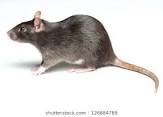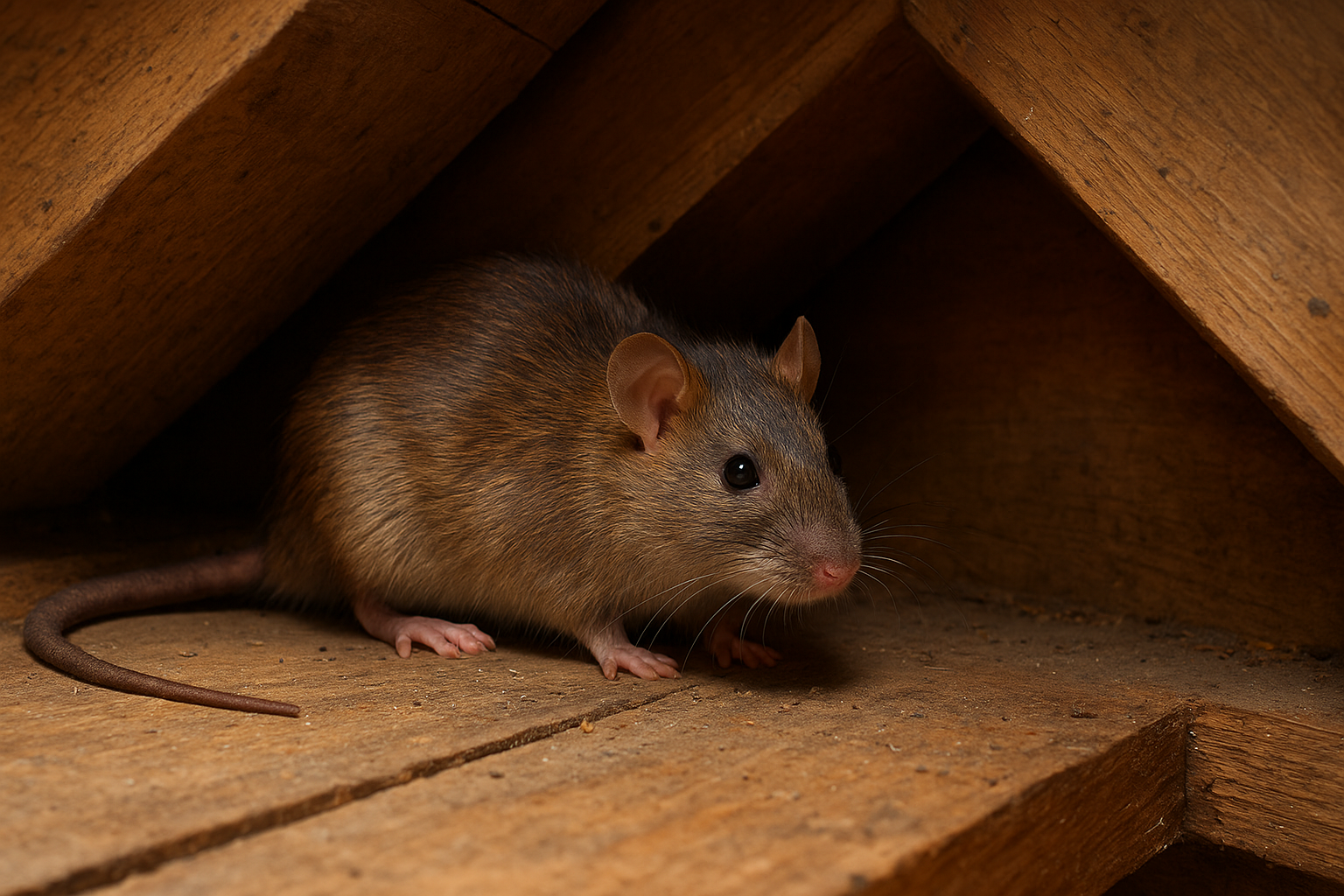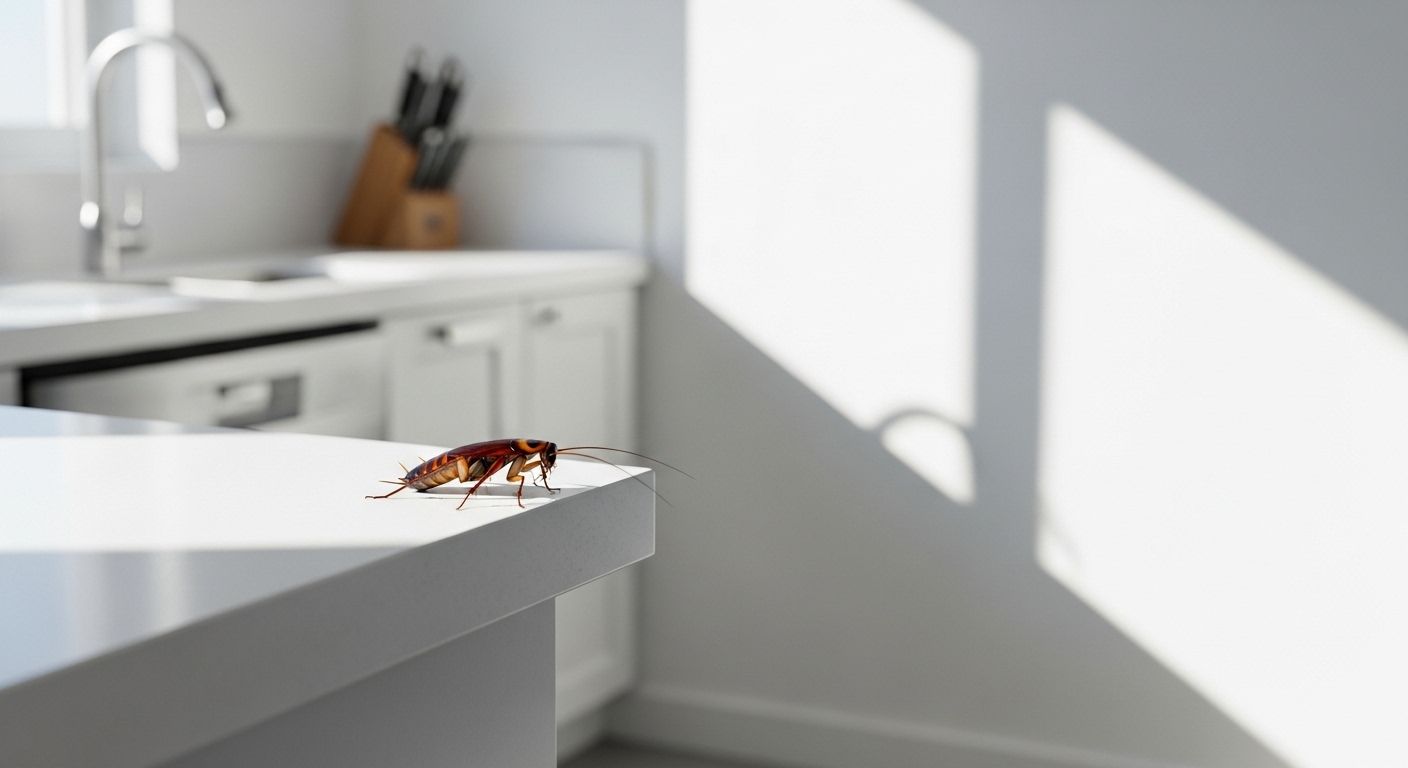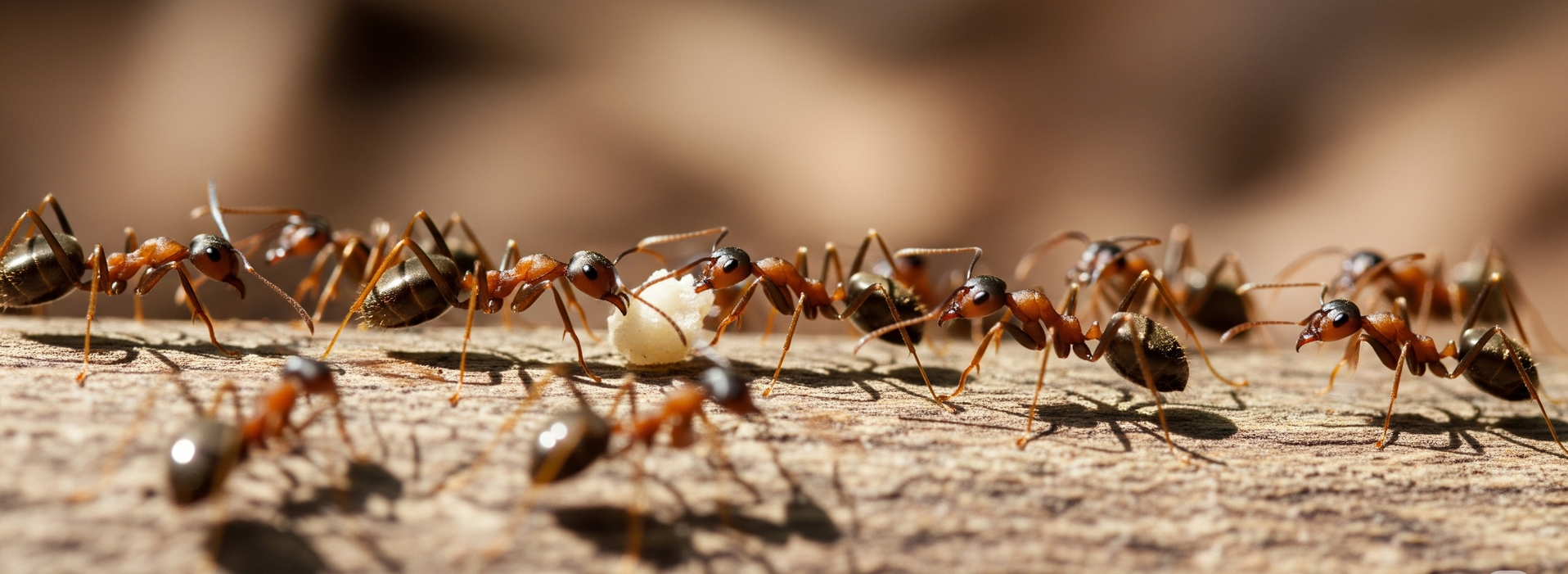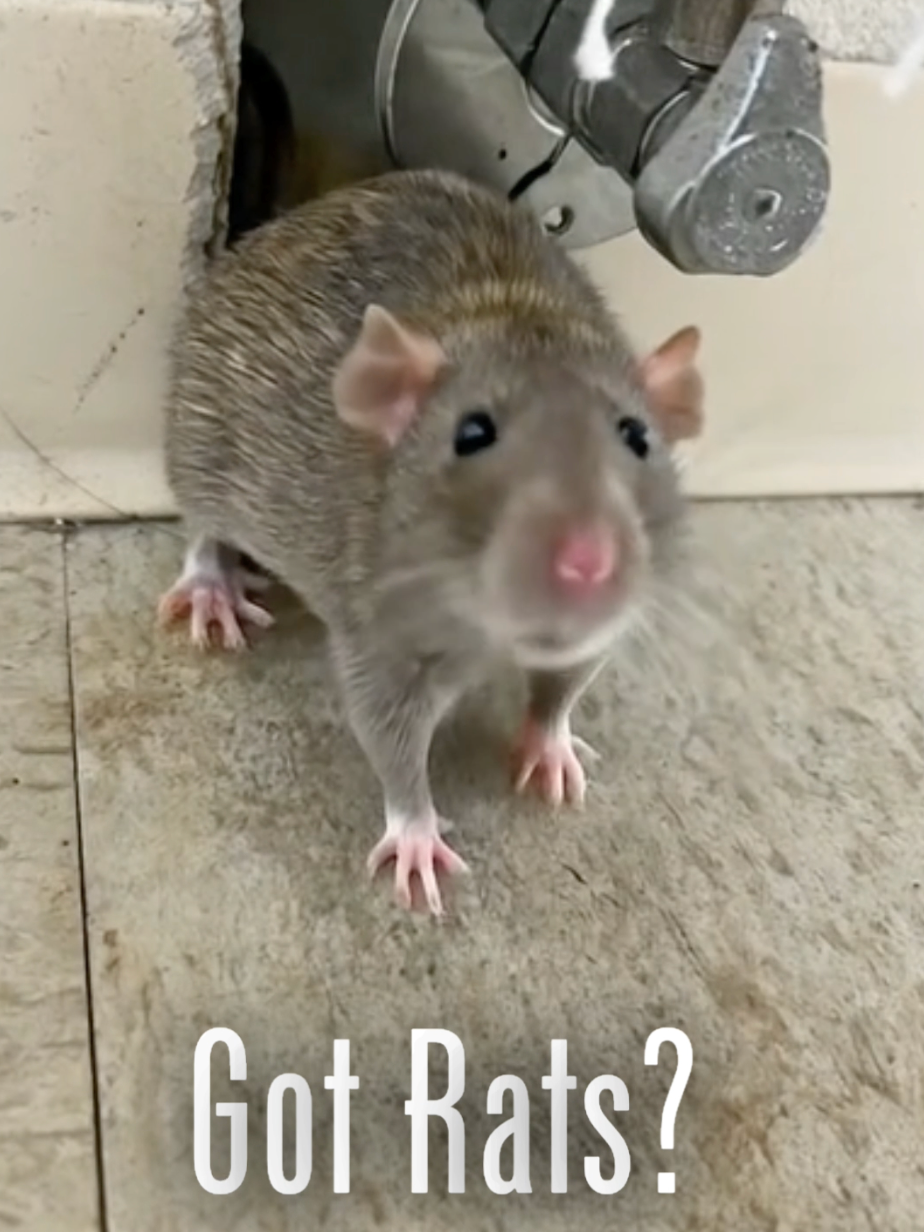Rodent Fun Facts | Brush up on your rodent knowledge – It's Rodent Awareness Week!
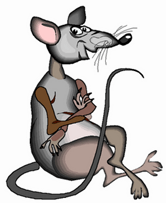
October marks the first full month of fall and with it come all the gruesome, monsters of Halloween. It only seems appropriate that we highlight some of the most unnerving critters around during this spooky season – mice and rats – by celebrating Rodent Awareness Week.
There are many species of rodent found around the world, but three in particular dominate as pests: the Norway rat, the roof rat, and the house mouse.
To help you bulk up your rodent knowledge in 2022, here are 21 riveting rodent facts that you can share with your friends and families.
- Rats' incisor teeth, which are the front teeth they use to gnaw on things, never stop growing – so they must constantly gnaw and chew to wear them down.
- In addition to their continually growing teeth, rats also have incredibly strong chompers. Their incisors rate a 5.5 on Mohs Hardness Scale – iron is lower at 5.0.
- Rats have a built in air-conditioning system: their hairless tails. A rat's tail is filled with blood vessels, which dilate or constrict to release or conserve body heat. A study in the 1980s found that rats can lose up to 17% of their body heat through their tail!
- The Norway rat (Rattus norvegicus), sometimes called the brown rat, didn't actually come from Norway. It is native to China, but is believed to have gotten its Norwegian name when a British writer deemed it the Norway rat in the 1700s after it had been introduced to England on a ship coming from Norway.
- Female Norway rats have as many as five litters a year and average about 7 young per litter, although there can be as many as 14 individual pups. Interestingly, if food is scarce, female rats can extend their pregnancy for up to 2 weeks to ensure proper sustenance for their litter.
- Black rats (Rattus rattus) are superior climbers and can thrive in the upper parts of buildings – earning them one of their other names, the roof rat. However, they can adapt to live in just about any environment.
- Many species of rat are strong swimmers and have been shown to be able to swim for hours and even days in laboratory conditions. (Yes, it's true, rats can climb up through sewer pipes and into your toilet.)
- Rats are omnivores, which means they will eat anything, including human excrement. They are voracious eaters, consuming up to 10% of their body weight in a day.
- In fact, rats have been known to kill and eat mice to eliminate competition or take advantage of an easy meal. This interspecies behavior is called muricide.
- Both rats and mice use their whiskers to help navigate the world. Each whisker can have up to 200 nerve cells, helping them detect air movement, food, and objects in the space around them.
- Neither rats or mice – or any of their rodent relatives like squirrels – can vomit! Researchers believe that rodents lack the neural circuitry and digestive structures needed to upchuck.
- Droppings are a typical sign of a rodent infestation. A trained professional can also use droppings to determine
- if a home or business owner is having problems with rats or mice. Rat droppings are ½ - ¾-inch long, very dark in color, and typically have rounder, more blunt ends. Mouse droppings are significantly smaller, about ¼-inch long, and usually have more pointed ends.
- The house mouse (Mus musculus) uses its tail to help it balance while running and climbing. When standing on its hind legs, a mouse may use its tail for support – this behavior is called tripoding.
- Mice are acrobats with amazing climbing and jumping abilities. In fact, mice can jump about 13 inches vertically.
- A female house mouse can have up to 10 litters a year, each containing from 3 - 14 offspring.
- A newly born mouse, called a pup, is blind at birth. Pups begin to open their eyes and gain sight about 2 weeks after birth.
- No water? No problem for mice. Mice can get all the water they need, about a tablespoon per day, through their food consumption. However, if there is a water source available, they will take advantage of it.
- Like their rat cousins, mice are omnivores that will eat almost anything. Contrary to popular belief, though, cheese isn't their preferred food. Mice prefer food that is high in carbohydrates, such as seeds and grains.
- Mice will urinate continually throughout the day, releasing micro-droplets of urine as they move. Anything they run across can be contaminated.
- In-breeding among mice is not as common as one may think. Protein in the urine helps mice determine who is a close relative and may not be an ideal mate.
- There are 4 species of rodents in North America that carry hantavirus, which can cause a sometimes deadly respiratory disease in humans known as Hantavirus Pulmonary Syndrome – cotton rat, rice rat, deer mouse, and white-footed mouse. Original source: Target Specialty Products
Call today for a FREE consultation, 855-930-2847. Or visit us at
https://insectiq.com/project/wildlife-services/ to learn more about our pest management services.


